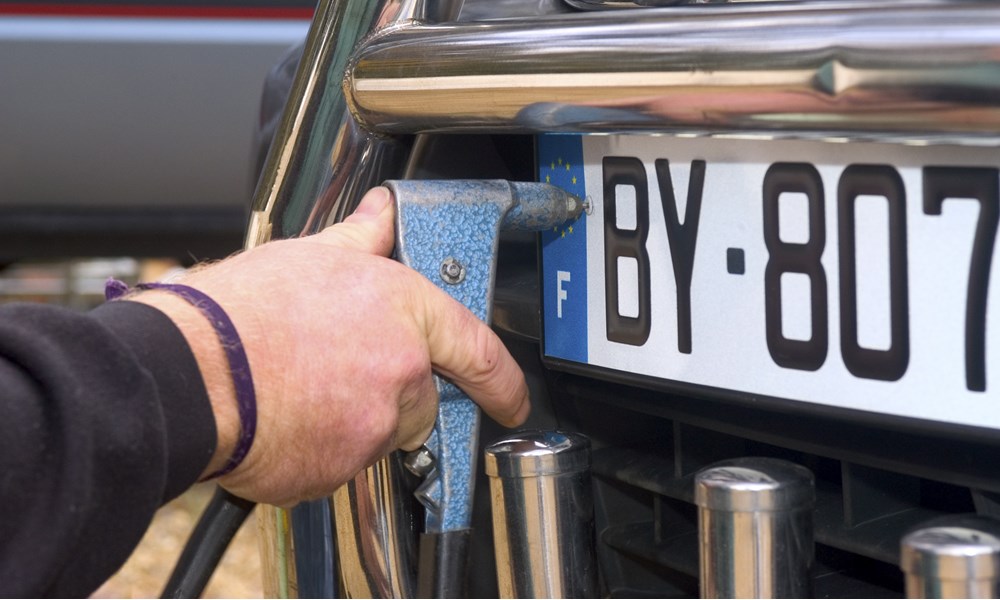The History of License Plate Design

Car owners today have many options when it comes to choosing state-issued license plates. Most states offer plates in a variety of designs, including options for vanity plates with custom personalization. Yet license plates have changed quite a bit from when they were first introduced in the early 1900s. Here is some information on the evolution of "car tags" from MotorWorld | MileOne Autogroup.
Early U.S. license plates
In 1901, New York became the first state to require license plates on cars. However, instead of being state issue, these early registration plates were made by each car owner and showed their own initials.
The first state-issued license plates appeared two years later when Massachusetts began issuing vehicle registration plates in 1903. The plates were cobalt blue with large white numbers which were issued in chronological order beginning with the number one. They also had the words Mass Automobile Register printed at the top. The plates did not have a standard size and they became wider as the numbers grew from single to double digits and beyond.
States and standards
After Massachusetts issued its first vehicle registration plate, other states began to create their own plates as well. Early license plates were very different from one state to the next. For example, from 1905 to 1909, Michigan’s license plates were engraved aluminum discs which were displayed on the dashboard.
In 1956, the United States adopted a standard six-inch high by12-inch wide plate size, which is still the size used today. Otherwise, each state has continued to control their own license plate design. States also set their own rules for placement and whether cars need plates on both the front and rear bumpers.
Though early plate designs were quite simple, usually with just two colors, states began adding their own touches like their state motto or symbolic images. Today, most states also offer specialty designs for special-interest groups, veterans, or college students and alumni.
Personalized or vanity plates
License plates in each state devised their own numbering systems, which typically include a mix of letters and numbers. As early as 1931, American states began issuing personalized license plates, which are more commonly known as vanity plates. Instead of being registered with the conventional numbers and letters, car owners were allowed to choose their own tags which frequently spelled out words or represented phrases.
According to a 2007 survey conducted by the American Association of Motor Vehicle Administrators (AAMVA), 3.82 percent of all registered cars in the United States had vanity plates. These specialty plates are more popular in some states than in others, and Viriginia topped the list with 16.19 percent of its cars sporting vanity plates.
License plates have come a long way since they were first adopted, and advances like automatic plate readers may influence the changes to come. Yet today’s variety lets each car owner choose their own favorite license plate designs and lets you add a little bit more personalization to your vehicle.
